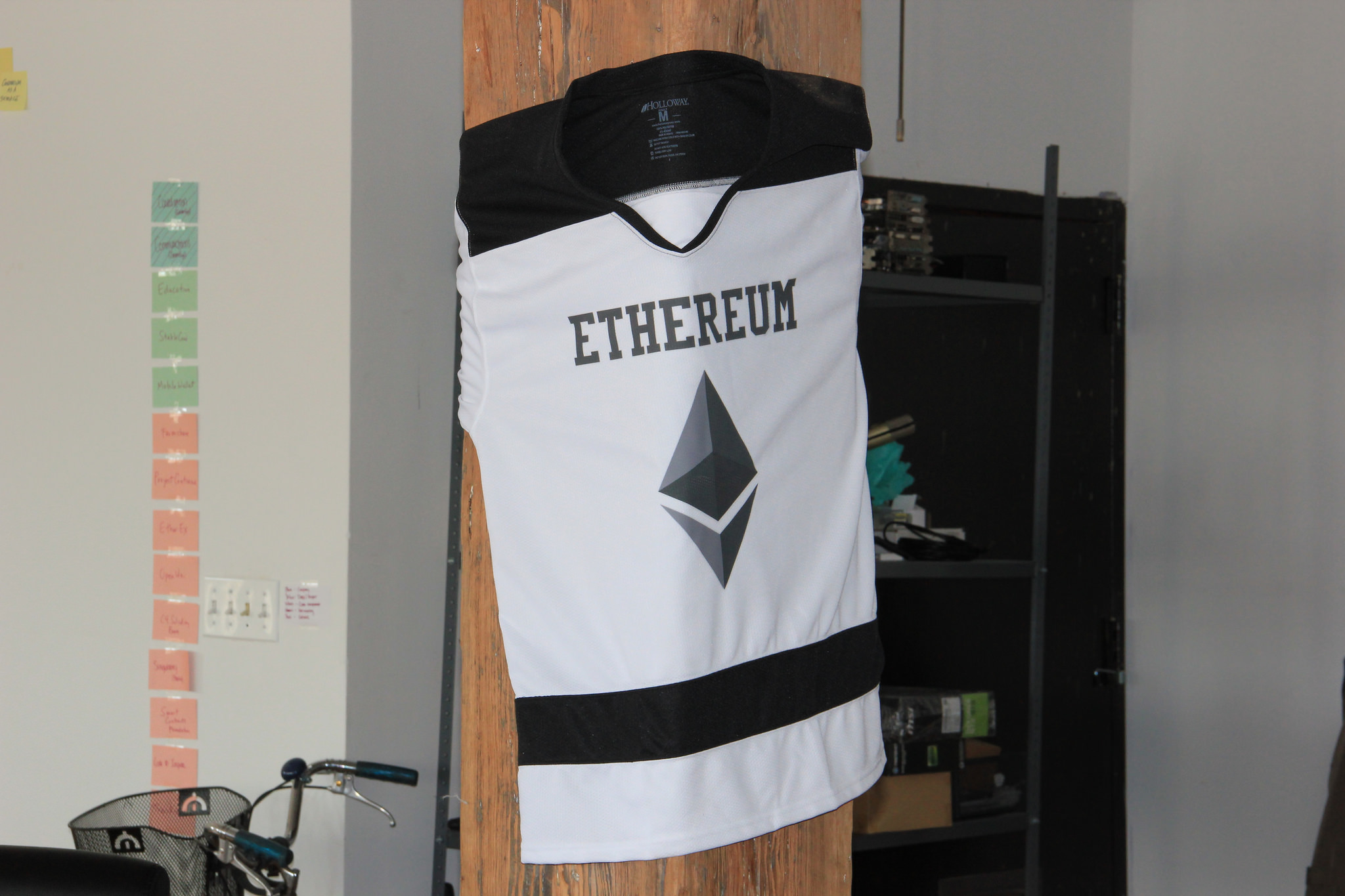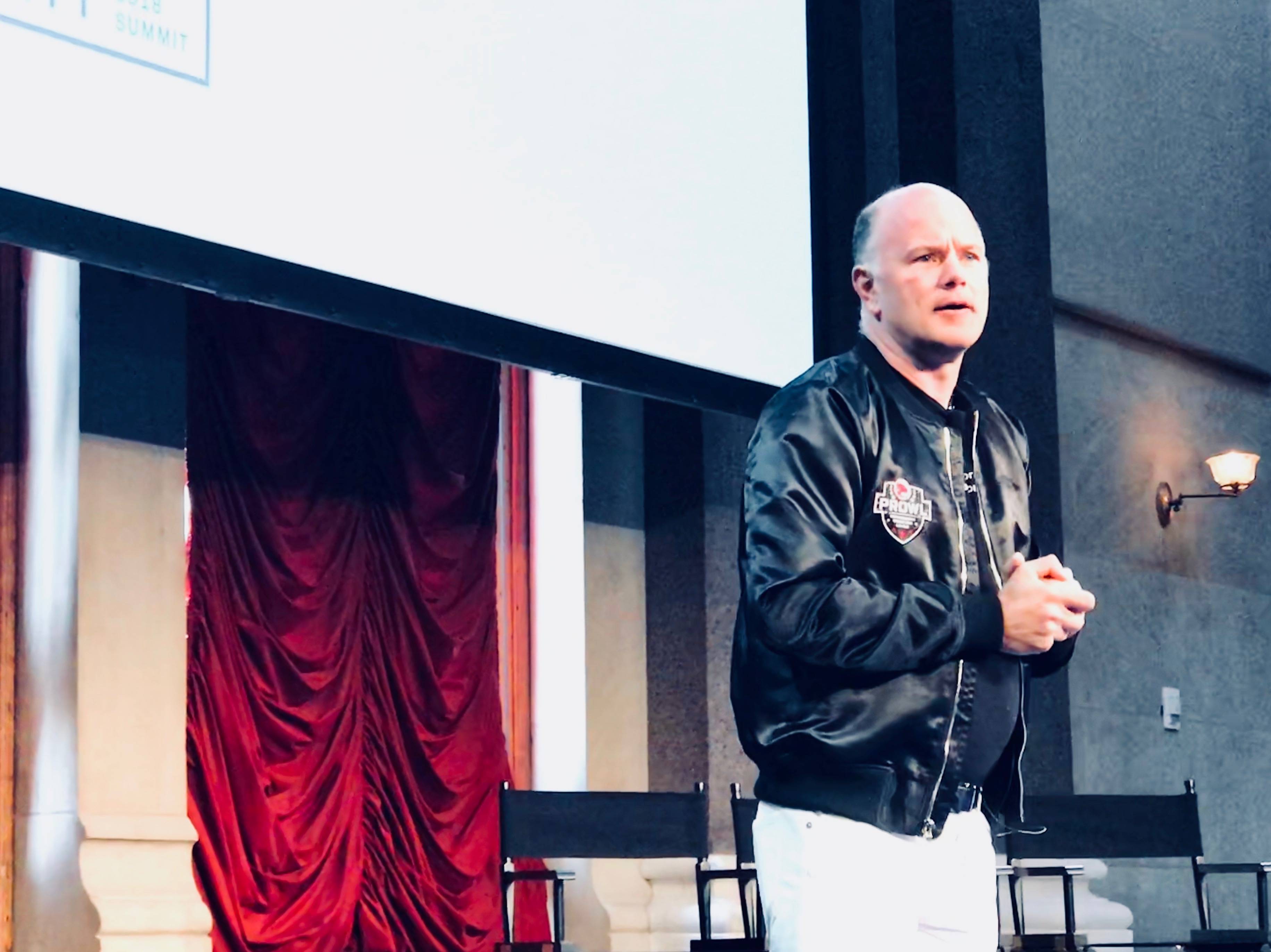Want to Mine Bitcoin at Home? DIY Bitcoiners Have Stories to Share
Crypto has become institutionalized, from mainstream finance firms placing bets on this once-underground industry to big mining companies building industrial-scale coin-churning facilities.
But what if you’re an old-school cypherpunk who believes that you’re not really in crypto unless you mine your own coins? Can you still survive in the world of mega-farms and even make a buck or two?
This story is part of CoinDesk’s 2023 Mining Week, sponsored by Foundry.
The bear market has made mining less profitable but also dragged down the cost of the most expensive and power-hungry mining equipment: bitcoin mining ASICs. According to data from mining company Luxor, ASIC prices are back to where they were in early 2021, before the latest bull run.
At the same time, electricity prices have been rising for the past two years in the U.S. and worldwide, making mining economics challenging for small-time enthusiasts.
CoinDesk explored the possibilities for home miners available today. We found little in the way of encouraging news for anyone looking for more than a hobby. It’s clear after speaking to some home miners that it’s hard to make money in this market – and is likely to remain a niche even in another bull run.
Garrett Casada, who runs a home building company in Texas, is also a proud owner of Suck It Up Mining – a two-men operation with a garage full of mining equipment. The name invokes the ambition to “suck up” as much mining capacity as possible – and the resilience necessary to be a miner.
“Sometimes, you have great days in mining, and then, they come up with a new law or something – suck it up, move on!”
Casada and his one employee, a programmer, have been mining a broad variety of cryptocurrencies on a ranch in rural Texas. It all started in 2020 with two graphics processing units (GPUs), he said.
Now, his farm has 80 ASIC miners hashing new blocks for the Bitcoin, Zcash, Litecoin, and Dogecoin blockchains, and multiple racks of GPUs and central processing units (CPUs), most of which are dedicated to Chia. Altogether, they consume one megawatt of power and $20,000 a month in power electricity bills.
The profits? No great shakes. Casada is holding on to the coins he’s mined for now.
“I haven’t sold none of my coins for the past year because the price is so low. If I was to sell it right now I would barely cover the electricity,” he admits. “Bitcoin is great, but you got to hold it.”
It was better during the bull market though: “In 2021, our utility bill was $80,000 and we were profiting $120,000,” Casada said.
He experimented with generating power independently with solar panels, but that has not worked out well so far: according to Casada, he spent $150,000 on 300 solar panels, which are now producing about $1,000 worth of solar power a month on the mining garage’s roof.
For those eager to repeat his experiment anyway, Casada provides a rough calculation: for two S19 ASICs manufactured by Antminer, which cost about $3,000 each, you need 20 solar panels – plus $30,000. That setup would bring you $2 to $5 worth of bitcoin a day. Probably better to take the same amount of money and just buy some bitcoin on an exchange and hold it, Casada said.
Gerald Glickman, a bank employee from Virginia, decided to go further than just mine bitcoin: he built a water-heating system for the pool in his backyard to utilize the excess heat from his bitcoin miner.
Glickman admits he’s not the handiest person he knows. “It was quite a bit of learning and research,” he said. “I’m not the Mister Fix-It around the house.”
However, with a strong enough motivation, an abundance of online content and some help from his electric engineer friend, Glickman managed to build his mining-powered water heating system.
The miner is immersed in dielectric oil inside a water-proof container. The oil is heated by the miner and pumped out of the container via thin pipes into a heat exchanger, where the pipes touch the water circulating through the pool’s water recycling system. As a result, the water heats up and goes back into the pool, and the oil cools down and flows back into the mining container.
The entire contraption cost about $6,000, including the Antminer S19j Pro ASIC, Glickman said, and a few days of work.
“I probably spent more time doing research and safety preparations. My wife was very skeptical,” he added. The system has been running for two months now and, according to Glickman’s calculation, the amount of bitcoin and useful heat are just enough to cover the cost of electricity.
He’s not selling his coins yet, though. Because Glickman believes that bitcoin is the future, he sees his mining project as a proxy way to buy a little bit of bitcoin every day.
“I’m mining in the red,” said Will Foxley, former director of content at Compass Mining – and a home miner himself.
Foxley set up a single Whatsminer ASIC in a self-made wood and plaster container outside his parents’ house. He started this journey a year ago, but after the first month he unplugged the three machines he purchased after they kept overheating inside the container and automatically turning off, said Foxley (who is also a former CoinDesk reporter).
“You think you have a setup and you think it’s gonna work, then something stops working,” he said. “You have to iterate a lot.”
This spring, Foxley started anew, with just one ASIC, and now he’s been mining bitcoin for three months. He chose the Whatsminer device because it’s more tolerant of higher temperatures than Bitmain’s Antminer ASICs, famously popular with the large-scale miners, he said. Plus, unlike some other miners, Whatsminer does not require a three-phase electric system to plug it into, so you don’t need to make additional modifications, Foxley explained.
Running the ASIC caused the monthly power bill to grow by $200, with the electricity price around 12-13 cents per kilowatt-hour in Colorado where Foxley lives, he said. The hand-made, sound-proof box cost somewhere between $300 and $500, plus about $300 worth of electrical products, he said.
Mining within a mining pool, during the three months the ASIC has been running, Foxley was able to mine about 2% of a bitcoin, Foxley said. At current prices, that’s worth about $580, hardly enough to cover his costs.
Even if bitcoin’s price keeps rising and makes home mining profitable for a time, it won’t be sustainable as a business, Foxley said:
“You have to either have another use case in mind (heating your home) or time the market really really well.” In other words, catch the cheap ASICs, cheap power and expensive bitcoin at the same time.
That doesn’t mean it’s over for retail mining, Foxley said, as small miners can work together and maximize the output of their operations. “Home mining will always be tiny though.”









